Beneath the blazing sun and endless blue skies, deserts whisper stories of survival, defiance, and the sheer strangeness of nature. If you think all deserts are endless seas of golden dunes, think again. From icy wastelands to stony plains, the world’s drylands are far weirder, wilder, and more beautiful than most people ever realize. Imagine a place where rain hasn’t fallen in decades, where life clings on in astonishing forms, and where the landscape looks like it belongs on another planet. Welcome to the real deserts—a world away from Hollywood’s sandy stereotypes, where every grain, rock, and crack tells a story of adaptation and awe. Ready to step into the strangest corners of Earth’s drylands? Let’s unravel the secrets of deserts you never knew existed.
Defining a Desert: It’s Not Just About Sand
Most people imagine deserts as vast sandy dunes, like those in classic adventure movies. But scientifically, a desert is simply a place that receives less than 250 millimeters (about 10 inches) of rain a year. That’s less than what some houseplants need! This means that deserts can be icy, rocky, flat, or hilly. The key isn’t what’s on the ground, but how dry the air and soil are. Some deserts barely even look like deserts at all—think barren plains covered in pebbles, salt, or even snow. The world’s largest desert, after all, is Antarctica, which really throws a snowball at our usual expectations.
The Polar Paradox: Antarctica, the World’s Largest Desert
When you picture Antarctica, you probably think of glaciers and penguins, not deserts. Yet, this frozen continent is the driest place on Earth. The air is so cold it holds almost no moisture, and there are places here that haven’t seen rain or snow for nearly two million years. These “Dry Valleys” are so barren that scientists use them to practice for missions to Mars. The lack of water shapes a stark landscape of bare rock and ice, where only the hardiest life forms—like microscopic extremophiles—can survive. It’s a chilling reminder that deserts aren’t always hot.
Sahara: More Than Just Dunes

The Sahara is the world’s most famous desert, but dunes cover only about 20% of its area. The rest is made up of rocky plateaus, gravel plains, mountains, and even ancient riverbeds. Some parts of the Sahara are so rocky and flat they look like parking lots for giants, while others are scattered with eroded volcanic remnants. With temperatures soaring above 50°C (122°F), the Sahara tests the limits of life, but hardy plants like acacias and unique animals like fennec foxes have found remarkable ways to survive its extremes.
Atacama Desert: The Driest of the Dry

Nestled along the coast of northern Chile, the Atacama Desert is a land where rain is a rumor. Some weather stations here have never recorded a single drop. The landscape is alien—think salt flats, stony hills, and red Martian soil. NASA even tests Mars rovers here! Despite the harshness, life persists in the form of tough lichens, resilient cacti, and ghostly flamingos feeding on salty lakes. The Atacama is living proof that where there’s even a hint of moisture, life finds a way.
Gobi Desert: Where Fire Meets Ice
The Gobi spans northern China and southern Mongolia, creating a world of wild contrasts. Unlike the sandy Sahara, the Gobi is a land of bare rocks, gritty gravel, and jagged mountains. Winters can be brutally cold, with temperatures plunging below -40°C, while summers scorch above 40°C. The Gobi’s extreme swings test the survival skills of creatures like wild Bactrian camels and snow leopards. It’s a place where survival is a daily gamble, and the landscape is as likely to be dusted with snow as covered in dust.
Namib Desert: Where Sand Meets Sea

The Namib is one of the oldest and most surreal deserts on Earth, hugging the Atlantic coast of southern Africa. Here, rolling sand dunes—some of the tallest in the world—crash right into the ocean. The fog that rolls in from the sea is often the only source of moisture, nourishing strange plants like the ancient welwitschia, which can live for more than a thousand years. Shipwrecks dot the coastline, earning it the nickname “Skeleton Coast.” The Namib shows how deserts can be deadly and beautiful all at once.
Painted Deserts: Nature’s Masterpiece in Rock and Color
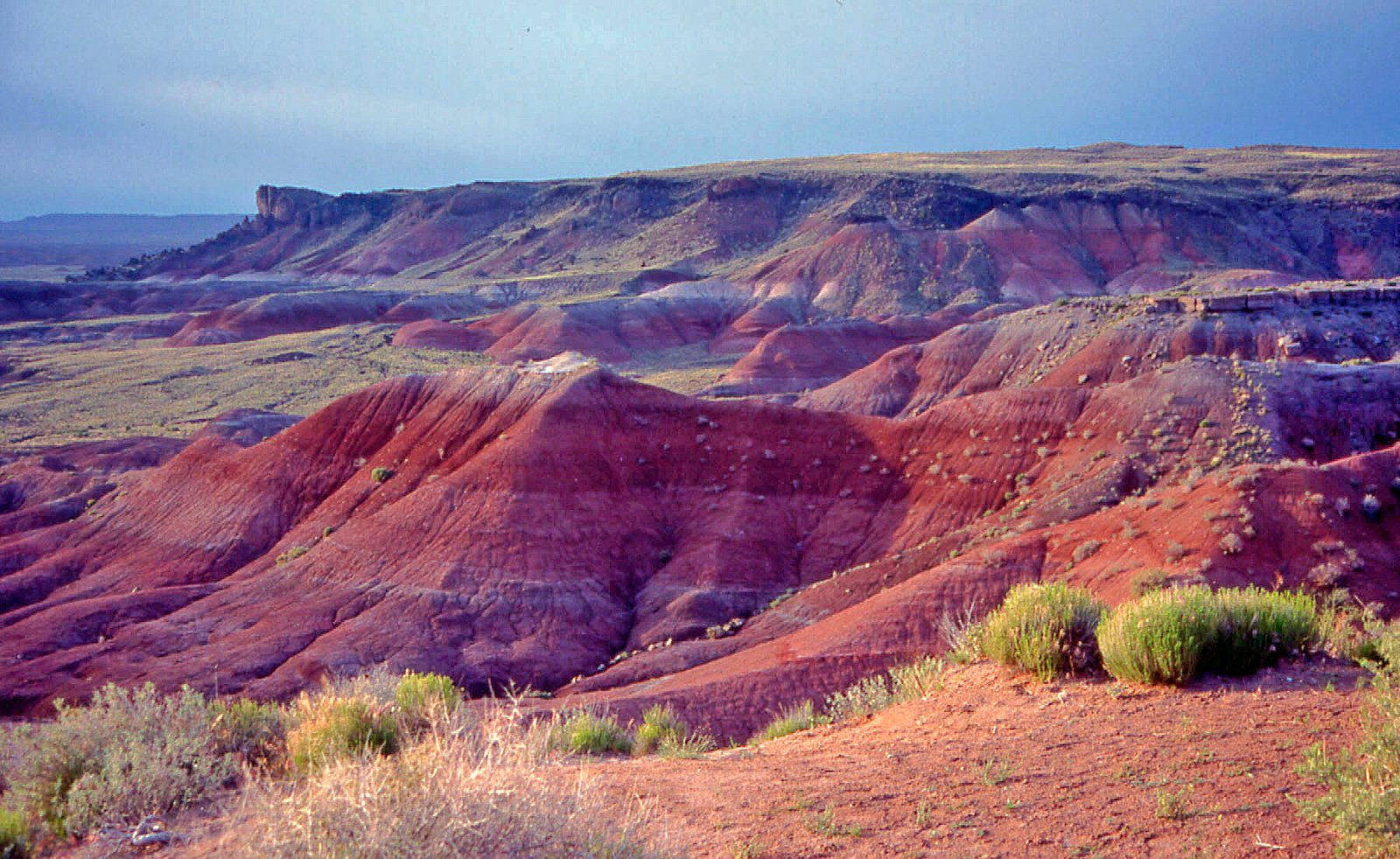
Not all deserts are bland and colorless. The Painted Desert in Arizona, for example, dazzles with layers of red, purple, pink, and orange—thanks to minerals in the sediment. These vibrant landscapes are shaped by millions of years of erosion, creating surreal vistas that look like abstract art come to life. Walking through such places feels like stepping into a dream, where every turn offers a new palette of colors born from ancient geological drama.
Salt Deserts: White as Snow, Hotter Than Fire
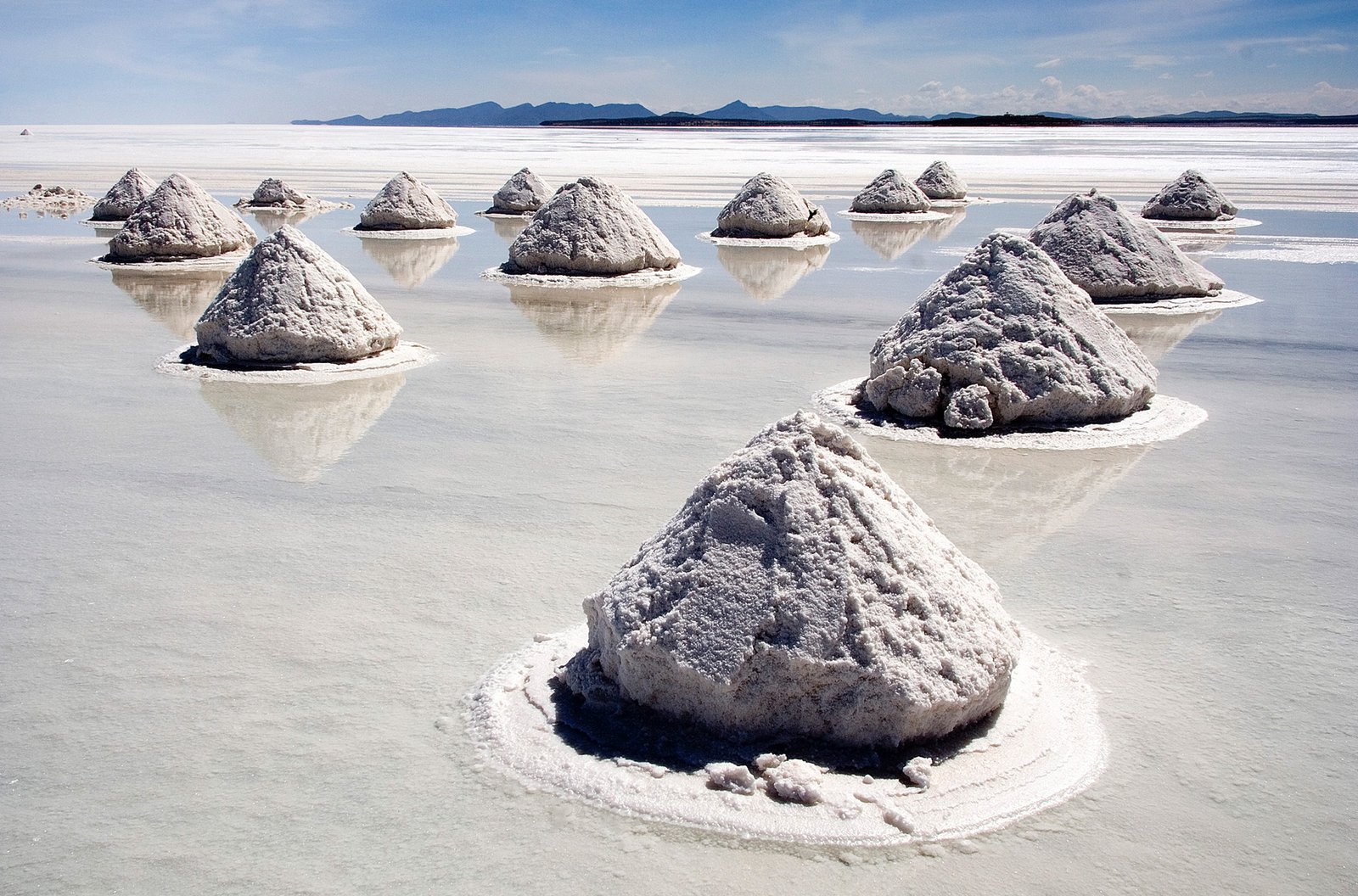
Salt deserts, like Bolivia’s Salar de Uyuni, can be shockingly beautiful and blindingly bright. During the dry season, the ground becomes a vast, white mirror, stretching as far as the eye can see. When it rains, a thin film of water turns the salt flat into a perfect reflection of the sky—a truly otherworldly sight. These landscapes form from ancient lakes that dried up, leaving behind crusts of salt and minerals. Despite the harsh conditions, specialized microbes and even flamingos have adapted to life here.
Cold Deserts: Life on the Edge of Freezing
Not all deserts are hot. Cold deserts, like those found in Central Asia or the western United States, are dry but chilly. The Great Basin Desert in Nevada gets snow in winter and scorching heat in summer, but little rain overall. Shrubs like sagebrush and tough grasses are some of the only plants that survive here. Animals like jackrabbits and pronghorn antelope have adapted to make the most of the sparse food and water, proving that desert life isn’t just about heat—it’s about enduring dryness in any temperature.
Desert Pavement: Nature’s Mosaic

Imagine walking across a landscape that looks like a carefully tiled floor. That’s desert pavement—a surface covered with pebbles and stones, polished by wind and time. Beneath the stones is a layer of fine dust, kept in place by the rocky “armor” above. These pavements form over thousands of years as wind blows away lighter particles, leaving only the heavy stuff behind. The result is a landscape that’s strangely beautiful, almost like nature’s own patio.
Oases: Islands of Life in a Sea of Dryness

In the heart of the world’s harshest deserts, oases are miracles. Fed by underground springs or ancient rivers, these green patches support plants, animals, and even entire communities. Picture palm trees, crops, and cool pools surrounded by endless sand or rock. Legendary oases like Egypt’s Siwa or Morocco’s Merzouga have been lifelines for travelers and traders for thousands of years. Oases remind us that even in the bleakest deserts, water can turn everything upside down.
Desert Rain: Deluges That Transform the Landscape

When rain finally falls in a desert, it’s a spectacle like no other. Parched earth soaks up water instantly, and seeds that have waited dormant for years suddenly burst into life. Wildflowers paint the landscape in brilliant colors, and animals emerge from hiding to drink and feast. These fleeting moments of abundance are rare and unpredictable, but they’re powerful reminders of nature’s resilience. In places like the Californian deserts, a “superbloom” after heavy rains can be seen from space.
Desert Winds: Sculptors of Sand and Stone

Desert winds are relentless artists. Over time, they shape dunes, carve strange rock formations, and even create “yardangs”—long, wind-sculpted ridges that look like the bones of the land. In places like the Sahara, sandstorms can last for days, blocking out the sun and shifting dunes by hundreds of meters. These winds not only reshape the landscape but can carry dust across entire continents, affecting weather and air quality thousands of miles away.
Alien Life Forms: Survival Against the Odds
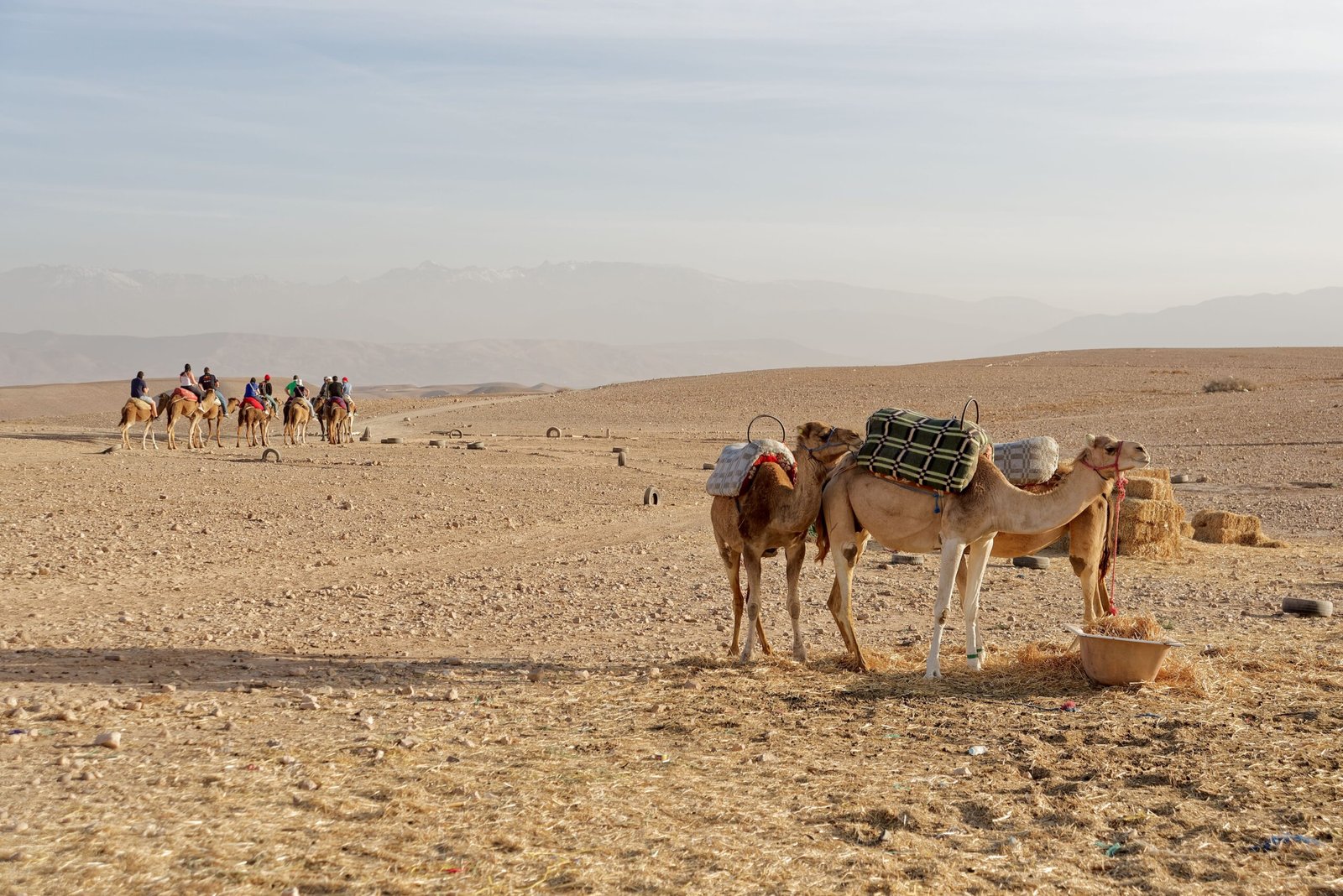
Desert plants and animals are masters of adaptation. From the water-storing saguaro cactus to the sidewinder rattlesnake that glides on burning sand, life here is weird and wonderful. Many desert dwellers are active only at night, avoiding the killer heat. Some insects and reptiles can go months without water, while others dig deep burrows to escape the sun. The Namib Desert beetle even harvests water from fog, standing on its head to catch droplets—a trick as clever as any science fiction creature.
Human Life in Deserts: Ancient Traditions and Modern Challenges
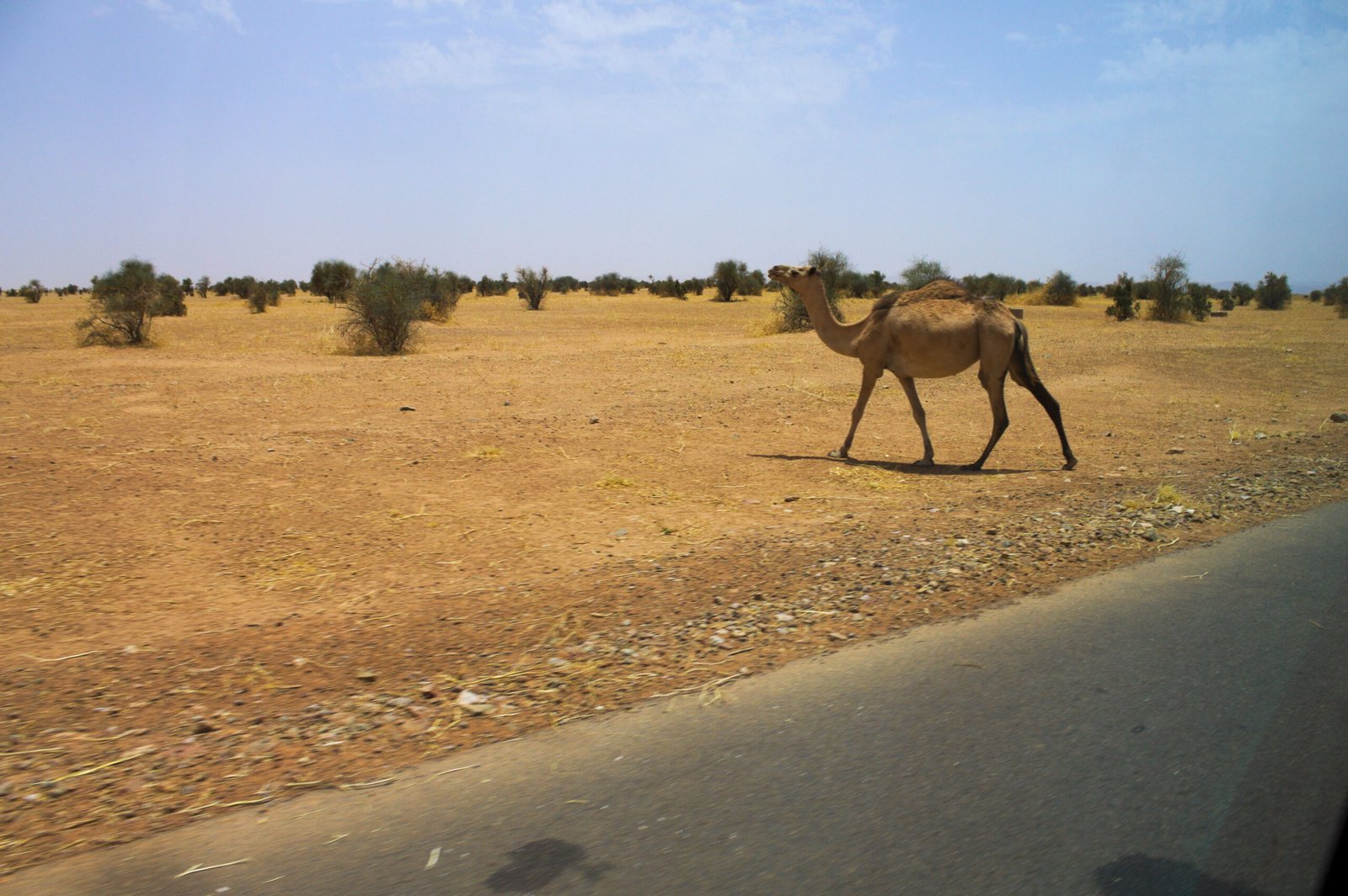
People have lived in deserts for thousands of years, developing ingenious ways to thrive. Nomadic groups like the Bedouins of Arabia or the San of the Kalahari have learned to find water, hunt, and travel in landscapes that seem empty to outsiders. Today, desert cities like Las Vegas and Dubai rely on advanced technology to bring in water and build lush gardens. But as climate change and population growth increase pressure on these fragile environments, the future of desert life is more uncertain than ever.
Desertification: When Drylands Expand

Desertification is a growing threat worldwide. This process turns once-productive land into desert, often due to overgrazing, deforestation, and climate change. The result is loss of soil, water, and plant life—a crisis that affects millions of people, especially in Africa and Asia. Efforts to combat desertification include planting trees, building windbreaks, and restoring native vegetation. It’s a race to protect landscapes that are already on the edge.
Deserts on Other Planets: Earth’s Alien Cousins
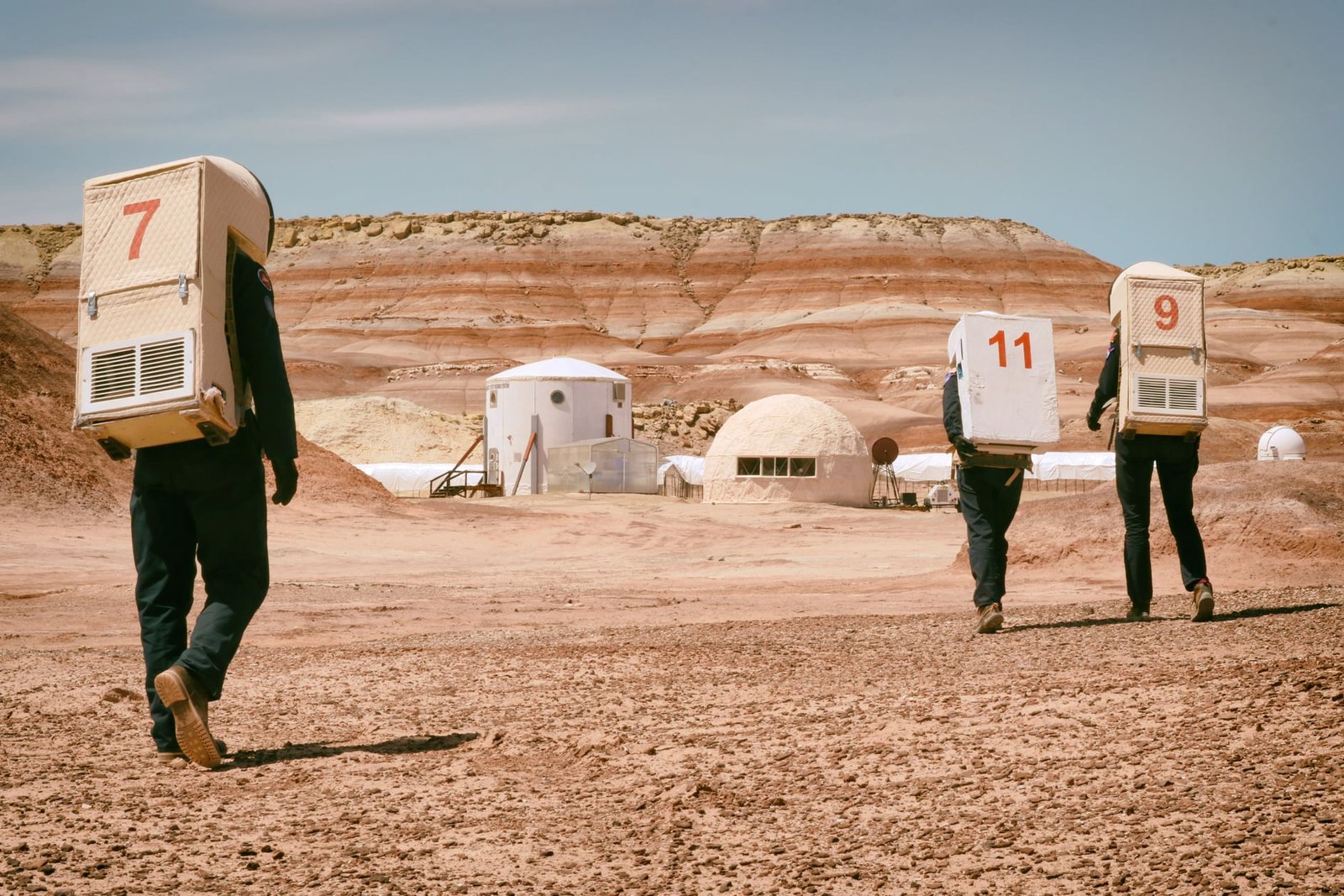
The dry valleys of Antarctica and the Atacama Desert are so extreme that scientists use them as stand-ins for Mars and the Moon. These Earthly deserts help us understand how life might survive on other planets. The search for water (and maybe even life) on Mars is inspired by the resilience of desert microbes here at home. Exploring deserts teaches us not only about Earth, but also about the possibilities that lie beyond it.
Desert Myths: Breaking the Stereotypes

Deserts are often seen as dead or useless, but nothing could be further from the truth. These landscapes are teeming with hidden life, ancient history, and vibrant cultures. From the mysterious Nazca Lines in Peru to the rock art of the Australian Outback, deserts have inspired awe and wonder for millennia. The next time you see a desert in a movie, remember: it’s not just sand and sun. It’s a world of surprises, waiting to be discovered.
Mirages and Mysteries: Tricks of the Desert

The heat and dryness of deserts create optical illusions known as mirages, where water appears to shimmer on the horizon. These tricks have fooled travelers for centuries, leading to tales of lost cities and hidden lakes. Other mysteries, like the odd “moving rocks” in California’s Racetrack Playa or the singing sands of the Gobi, remind us that deserts are full of secrets. There’s always something new and baffling to discover in these strange lands.
The Call of the Desert: Why We’re Drawn to Drylands

Despite their harshness, deserts have a magnetic pull on the human spirit. Some are drawn by the challenge, others by the promise of solitude and silence. Artists and writers have long been inspired by these stark, open spaces, finding beauty in what others see as bleak. There’s something about the emptiness, the extremes, and the oddities of deserts that calls us to explore, imagine, and wonder. Maybe it’s the reminder that even in the toughest places, life finds a way.
Whether icy or sunbaked, stony or sandy, deserts are full of surprises and stories. They’re not wastelands—they’re some of the most fascinating and mysterious places on Earth.



